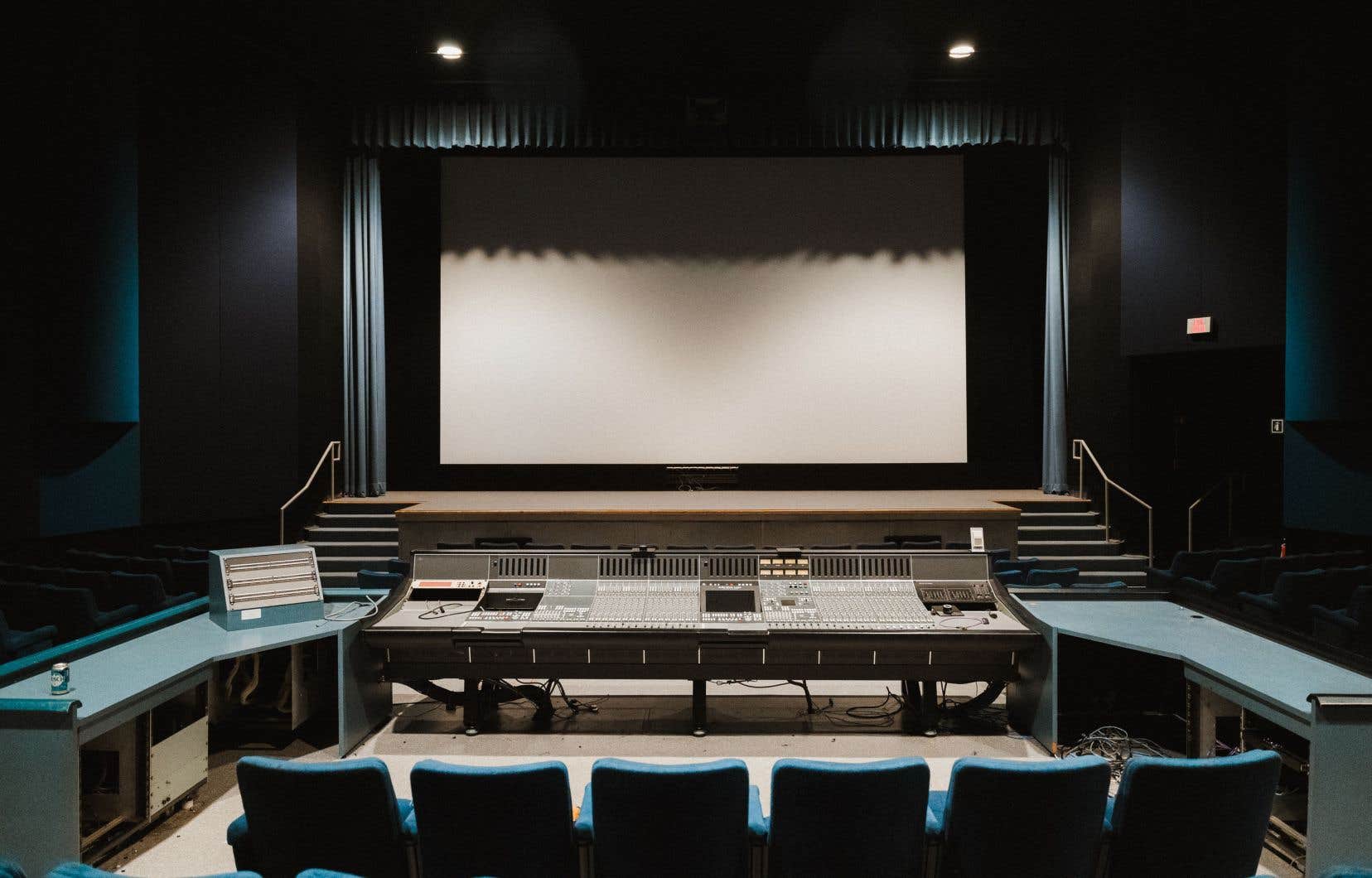Entering the former headquarters of the National Film Board (NFB), deserted for four years by its 400 employees, you have the impression of going back in time. The vast complex of six buildings houses a film studio which housed film sets for more than 60 years, two amphitheaters with still comfortable seats, a cafeteria emptied of its tables and long corridors lined with administrative offices.
A heavy silence welcomes visitors to these places steeped in history who are in search of a new life: the Canada Lands Company (CIS) is launching a series of consultations aimed at transforming this quadrangle into an “exemplary” residential district.
Social and affordable housing, local shops and green spaces are part of the federal developer’s vision for the future of these buildings located in the heart of Montreal, near the intersection of highways 15 and 40. A station of the future section of the REM which will connect the city center to the north of Montreal, passing through the tunnel under Mount Royal, is also 500 meters away.
“We are listening to meet the needs of the community while highlighting the history of the site,” summarizes Christopher Sweetnam-Holmes, director of real estate at CLC.
More than 300 people are expected during the guided tours of these heritage buildings offered Friday and Saturday, upon registration. This is a first step towards the transformation of the sector, which must take place in phases over the coming years. Real estate developers, municipal elected officials, representatives of community organizations and ordinary citizens will have the opportunity to explore these buildings that look like movie sets. Further consultations are also planned in the coming weeks.
Since the NFB moved to its new premises in the Quartier des spectacles in 2019, the deserted place still hosts filming. Production teams rented the premises to transform them into a somewhat dilapidated hospital, a school or corporate offices. We can also imagine the endless corridors dotted with premises becoming a detention center, for the duration of a film shoot.
Conversion potential
In the midst of the housing crisis, these buildings have the potential to be converted into apartments, argues Marcelo Gomez-Wiuckstern, vice-president of communications at CLC. He notes that this is an important trend, with the desertion of office towers due to teleworking.
The two amphitheaters, the largest of which offers 180 seats, can still be used to show films or hold events. The cinema studio of approximately 9,000 square feet, with very high ceilings, can be transformed into a sports stage or a place of creation – for dance, circus or any other discipline, underlines the SIC.
Traces of asbestos and mold have been detected in certain places – the buildings were built from 1956 – but measures to “rehabilitate” the premises or “risk management” are possible, argues Christopher Sweetnam. Holmes. CLC is also committed to developing streets, public services and parks with a view to transforming the sector.
The buildings have been emptied of their contents, but a few treasures remain in place and just waiting to be highlighted: large NFB filming photos spread over six decades, a sound console designed well before the arrival of the digital and a work by Norman McLaren, master of animated film, who scribbled some of his thoughts on an x-ray of his skull from a height of more than two meters (from floor to ceiling).
